After considerable searching, the bug that I reported to Vivaldi, and which they cannot reproduce, appears to be one that the general public encountered back in 2016, when Chromium took away the option to disable its Directwrite rendering. I don’t know why I’ve only encountered it in 2020, and as far as I can tell, my experience is unique.
It’s a good position to be in—not unlike being one of two people (that I know of) who could upload videos of over one minute to Instagram without using IGTV—though it’s a mystery why things have worked properly for me and no one else.
When I switched to Vivaldi in 2017, I noticed how the type rendering was superior compared with Firefox, and it was only in January this year when it became far inferior for me. Looking at the threads opened on type rendering and Chromium, and the screenshots posted with them, most experienced something like this in 2016—a year before I had adopted Vivaldi. If my PC worked as theirs did, then I doubt I would have been talking about Vivaldi’s superior display.
There’s a possibility that what I saw from 2017 actually was Directwrite, and whatever they’re using now is yet another technology that no one has made any note of.
I’ve posted in the Vivaldi and MacType forums where this has been discussed, as my set-up could provide the clue on why things have worked for me and not others. Could it be my font substitutions, or the changes I’ve made to the default display types in Windows? Or the fact that I still have some Postscript fonts installed from the old days? Or something so simple as my plug-ins?
Tonight I removed Vivaldi 2.11 and went to 2.6. I know 2.5 rendered type properly—Bembo on the Lucire website looks like Bembo in print—so I wondered if I could narrow down the precise version where Vivaldi began to fail on this front. (As explained earlier, after 2.5, no automatic updates came, and I jumped from 2.5 to 2.10.)
It was 2.9 where the bug began, namely when Vivaldi moved from a Chromium 77 base to a 78 one. This is different to what Ayespy, a moderator on the Vivaldi forums, experienced: version 69 was when they noted a shift. Yet Opera GX, which works fine, has a browser ID that claims it’s Chrome/79.0.3945.130 (though I realize they can put whatever they like here). Brave, Chrome and Edge look awful.
We can conclude that not all Chromium browsers are created equally (goes without saying) but I understand that the rendering isn’t something that each company (Vivaldi, Opera, etc.) has fiddled with. Therefore, something I’m doing is allowing me to have better results on Opera, Opera GX and Vivaldi versions up to 2.8 inclusive.
Vivaldi 2.8
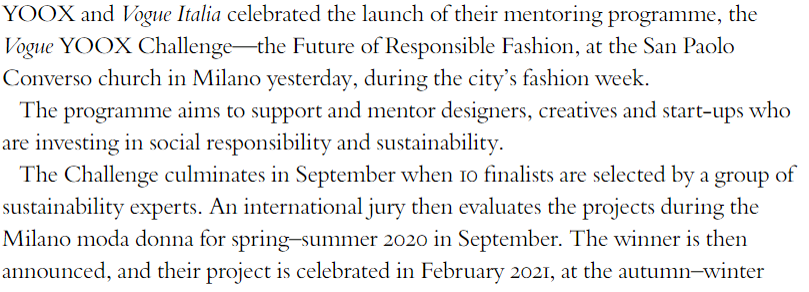
Opera GX
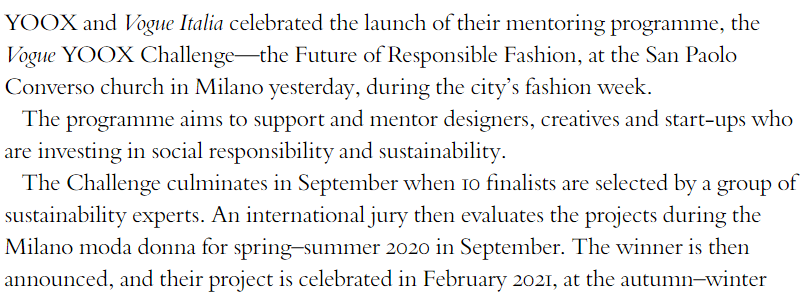
Firefox Developer Edition 74.0b9




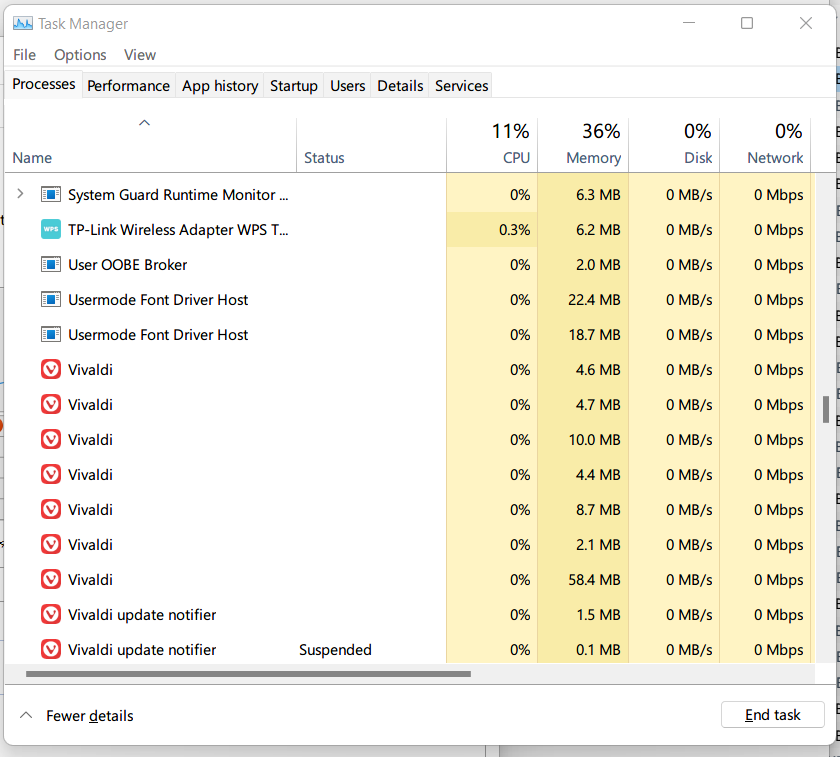
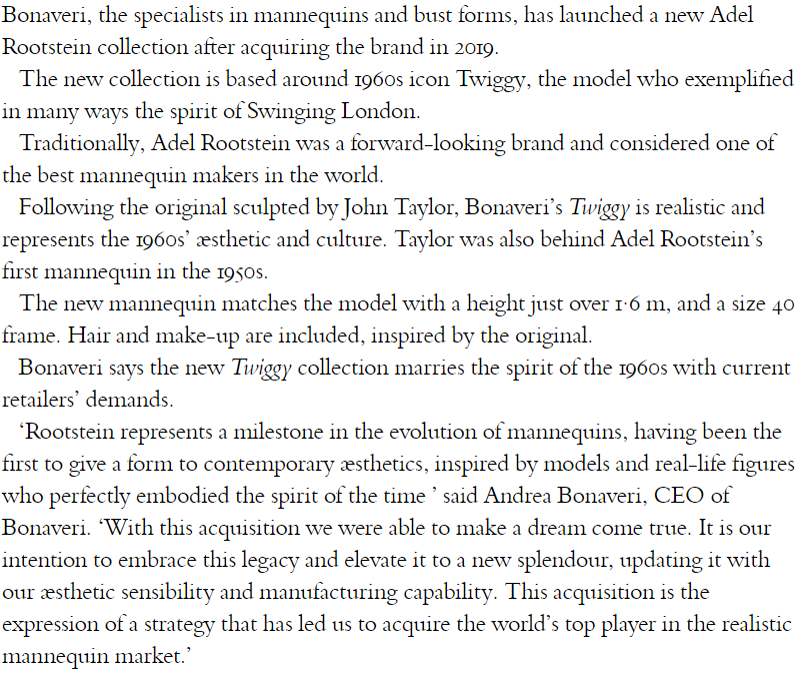
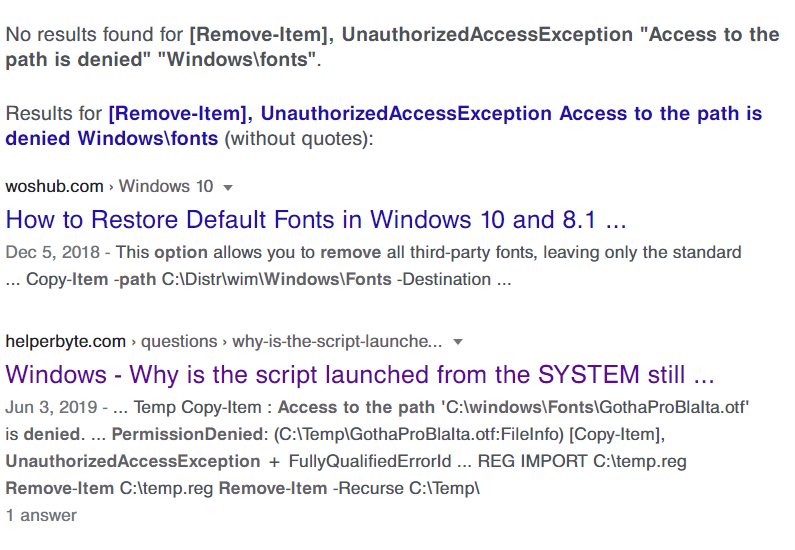
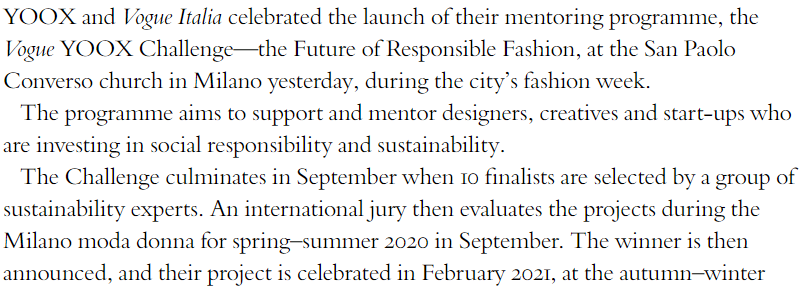

One thought on “Has Directwrite arrived on my Chromium-based browsers four years after everyone else?”